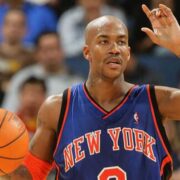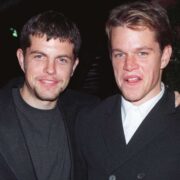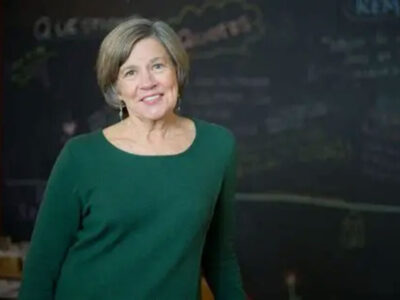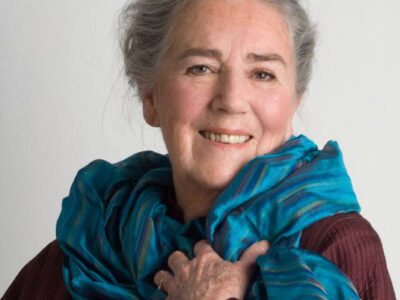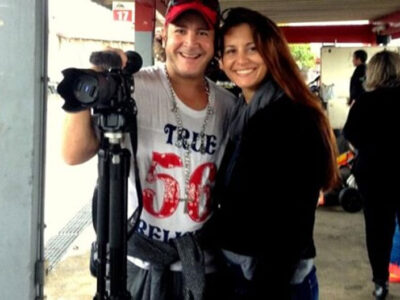When Elizabeth Ann Bates walked into the world of linguistics in the 1970s, she brought with her a revolutionary perspective that would shake the foundations of language theory. This remarkable cognitive scientist didn’t just contribute to our understanding of how humans acquire language—she completely reimagined it.
Born in Wichita, Kansas, on July 26, 1947, Bates possessed an intellectual curiosity that would drive her to challenge some of the most established minds in academia. Her journey from a small-town girl to one of cognitive science’s most influential figures reads like an academic adventure story.
Early Life and Academic Journey
The path that led Elizabeth Bates to cognitive science began at Saint Louis University, where she completed her undergraduate studies. Her academic appetite grew stronger during her M.A. in human development, but it was at the University of Chicago where her true calling emerged.
Picture this: a young graduate student in 1972, hearing about an exclusive linguistics conference at a Croatian seaside villa. Most students would dream of attending such a gathering. Bates? She simply showed up. With a backpack and sleeping bag in tow, she approached the startled researchers and asked to join their discussions.
“I’ll just sleep on the terrace,” she told them with characteristic confidence. That moment perfectly captured the fearless spirit that would define her entire career. The researchers, perhaps sensing they were in the presence of someone special, welcomed her into their circle.
Revolutionary Theories in Language Acquisition
Bates didn’t waste time making her mark. She set her sights on Noam Chomsky’s nativism theory, which dominated linguistic thinking at the time. Chomsky argued that humans possess an innate language capacity—essentially, we’re born ready to learn language through specialized brain mechanisms.
Not so fast, said Bates. She proposed something radically different: language emerges through dynamic interactions between our brains and the world around us. No special language modules required.
Teaming up with Brian MacWhinney, she developed what became known as the competition model. Think of language acquisition as a constant competition—words, sounds, and grammar patterns all vying for dominance in our developing minds. This emergentist approach suggested that language grows organically from general cognitive abilities rather than predetermined structures.
Her functionalist perspective put communication at the center of everything. Why do we develop language? To connect with others, to share ideas, to solve problems together. This wasn’t just about grammar rules—it was about human connection.
Groundbreaking Research on Neural Plasticity
Perhaps nowhere did Bates’ work prove more groundbreaking than in her studies of neural plasticity. She studied children who had suffered brain damage and made a startling discovery: these children could still develop normal language abilities, regardless of which brain hemisphere was affected.
This finding turned conventional wisdom on its head. If language truly resided in specific brain regions, how could children with damage to those areas still learn to speak normally?
The answer lay in the brain’s remarkable adaptability, particularly during the first five years of life. Bates showed that young brains could reorganize themselves, finding new pathways to language when traditional routes were blocked.
Her research with adult stroke patients told a different story. Unlike children, adults who suffered similar brain damage often faced permanent language difficulties. This contrast highlighted a critical window for neural plasticity—a discovery with profound implications for understanding both normal development and recovery from injury.
The Great Language Debate
The academic world loves a good intellectual battle, and the clash between Elizabeth Bates and the linguistic establishment provided exactly that. Steven Pinker, one of her most prominent opponents, captured their relationship perfectly: “We were each put on Earth to torment the other.”
When Bates published her first book in 1976 at just 29, she wasn’t merely presenting research—she was declaring war on established theory. Critics didn’t hold back. Some dismissed her work as theoretically weak or poorly reasoned. Others recognized the revolutionary potential of her ideas.
This wasn’t just an academic squabble. The debate touched on fundamental questions about human nature itself. Are we born with language already wired into our brains, or do we construct it from scratch using general learning abilities? The answer would reshape how we understand cognition, education, and human development.
Key Research Findings and Contributions
Bates had a gift for noticing details that others missed. She observed how babies communicate before they can speak, coining the term “protoword” for those meaningful but not-quite-words that children use—like “yumyum” for anything edible.
Her analysis of children’s first 50 words revealed something fascinating: English-speaking toddlers overwhelmingly favor nouns. This observation sparked debates about whether children who focus on naming objects (referential style) develop language faster than those who emphasize social expressions (expressive style).
Bates settled the argument with typical thoroughness. It didn’t matter which style children preferred—they all learned words at roughly the same pace. However, she did discover something more intriguing: vocabulary size at 13 and 20 months strongly predicted grammatical complexity at age two.
Her cross-linguistic research painted an even richer picture. While the specific patterns varied across cultures, the underlying cognitive processes remained remarkably similar. Children everywhere seemed to use the same basic toolkit for language learning.
Academic Legacy and Institutional Impact
At UC San Diego, Elizabeth Bates didn’t just conduct research—she built an empire. She helped establish the first Department of Cognitive Science in the United States, creating an entirely new academic discipline that bridged psychology, linguistics, computer science, and neuroscience.
As director of the UCSD Center for Research in Language, she became known as much for her mentorship as her research. Students flocked to work with her, drawn by her combination of intellectual rigor and genuine care for their development.
Colleagues remember her extraordinary dedication to supporting the next generation of researchers. She didn’t just teach students how to conduct research—she showed them how to think boldly and challenge assumptions.
When Bates died in 2003 at age 56, the university created the Elizabeth Bates Graduate Research Award Endowment Fund. The fund continues her mission of supporting student research, ensuring that her commitment to nurturing young minds lives on.
Lasting Impact on Cognitive Science
Twenty years after her death, Elizabeth Bates’ influence continues to ripple through cognitive science. Modern brain imaging studies have validated many of her insights about neural plasticity, showing just how adaptable our brains really are.
Researchers studying autism, language disorders, and developmental delays regularly cite her work on individual differences and alternative learning pathways. Her competition model has evolved into sophisticated computer simulations that help us understand how children master the complexities of language.
Perhaps most importantly, Bates helped establish cognitive science as a legitimate field of study. Her interdisciplinary approach—combining insights from psychology, linguistics, and neuroscience—became the template for modern cognitive research.
Elizabeth Bates proved that the most important scientific breakthroughs often come from those brave enough to question everything. Her legacy reminds us that understanding the human mind requires not just careful observation, but the courage to challenge even our most cherished assumptions about how we think, learn, and communicate.

